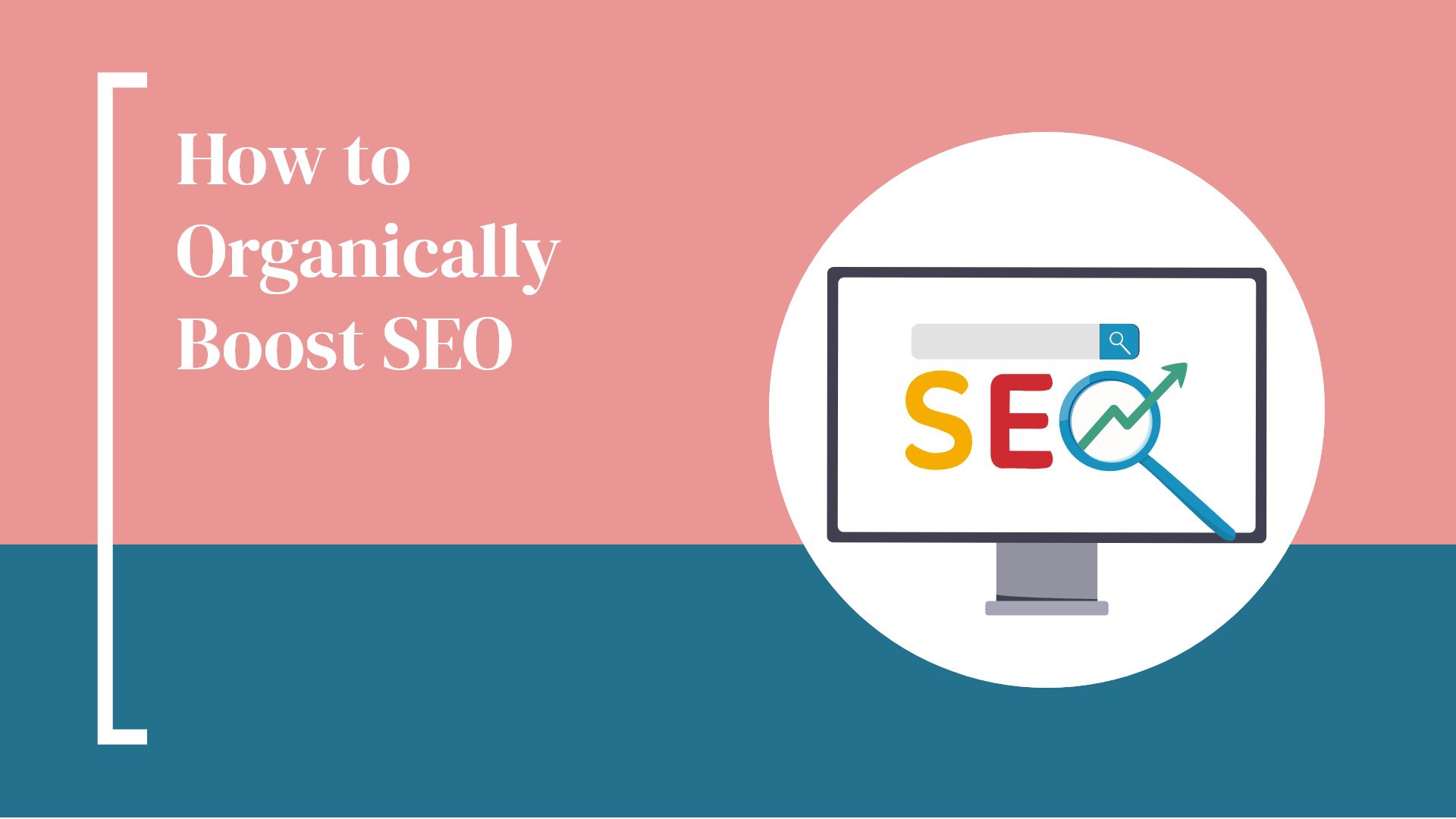We hear the acronym SEO all the time, but Search Engine Optimization really is vital to a great business website. And even more important is to boost SEO organically, meaning without having to pay for clicks. Why is that? Because organic boosts are A. good for your budget and B. better for your potential clients because the information on your website is authentic to what they are looking for. The best SEO strategies are those that provide the best experience for users. So, always focus on creating high-quality content and everything else will fall into place. So don’t be discouraged if you’re not seeing lightning-quick growth – it’s much better to be the tortoise than the hare when it comes to your SEO. So, how exactly do you boost your SEO naturally?
Fresh and Consistent Content
Search engines are always looking for new information to analyze. Web crawlers love to look over new pages to rank and categorize them. If your content is stale, the web crawlers don’t have anything new to analyze and your page gets left behind other sites that have fresh information. But what if your product information doesn’t change often, or even ever? Enter blogging, video blogs, and social media feeds.
Create high-quality, relevant, and engaging content that addresses your audience’s needs and questions. Incorporate relevant keywords and phrases throughout your content, but avoid keyword stuffing. Creating useful and informative content for your potential customers is key for not only SEO, but it also creates value for potential clients. Really, it’s a win-win. Your product, demographic, and personal style will determine what form of content you use on your site, just make sure the posts aren’t spammy, but offer real value for visitors.
Metadata
Metadata is sort of like the behind-the-scenes description on your website, use meta titles and descriptions that accurately reflect the content of your pages. It’s embedded in your content and your pictures. This includes Alt Text on all your site images. Meta Data is a great way to tell a search engine in nonfancy language, exactly what your content is about. Your Alt Text on images is important not only for visually impaired readers but also is a good way to get some additional descriptive information about your post for crawlers to analyze. Utilizing a plugin like SmartCrawler or other SEO tools can help ensure that your Meta Data is on point.
Site Speed
Site speed is a crucial ranking factor. Google has stated that site speed is one of the top factors in search rankings. A slow-loading website can have a negative impact on your user experience and lead to a higher bounce rate. Some optimizations include optimizing images, using a content delivery network (CDN) and optimizing your website’s code.
Mobile Optimization
In 2019, mobile traffic exceeded desktop for the first time and Google started mobile-first indexing, meaning it now primarily uses the mobile version of the content for indexing and ranking. It’s essential to make sure your website is optimized for mobile devices, including smartphones and tablets. Optimize your site for responsive design, meaning the layout of your site will automatically adjust based on the size of the screen.
Local SEO
Local SEO is important for businesses that have a physical location. It helps local customers find your business online and can drive more traffic to your store. Local SEO techniques include optimizing your Google Business Profile, implementing local schema, using localized keywords, and generating reviews from local customers
Social Media
Share your content on social media platforms to increase visibility and drive traffic back to your site. Social media is a great way to get micro content out to your potential customers. Micro content is little bites of information; 15 second or less videos or quick blurbs of information. These snip-its can feed bigger topics that can be linked and then detailed on your website’s blog. Social media, website content, videos – these are all incestuous, meaning they should all feel the same and share topics. Each one feeds the other.
Analyze Your Site
Use analytics tools to track your website’s performance, identify areas for improvement, and make data-driven decisions. Enrolling in Google Analytics and Google Search Console are a free and detailed way to analyze what is happening on your website. The reports that are generated by these two applications will point you to what is going right and what possibly needs improvement with your website. Knowing what your potential clients are looking for and whether or not they are finding it can help shape your content strategy.
Link It
Don’t forget about links! Be sure that all your blog and or video posts include both internal and external links. Internal links are important because they can drive traffic to specific areas or products of your site that visitors may not have otherwise found. External links are important for helping people find your site. For example, if you post about the importance of your new product and link to a company with a symbiotic product (for example: you make peanut butter, they make jelly), a potential customer is more likely to visit your site to find that product.
We’re Here to Help
At Hammersmith Support, we’re here to help make your website amazing. Our SEO services can help enhance your search engine rankings and drive additional traffic to your website. Schedule a consultation to talk through what we can do for you.

